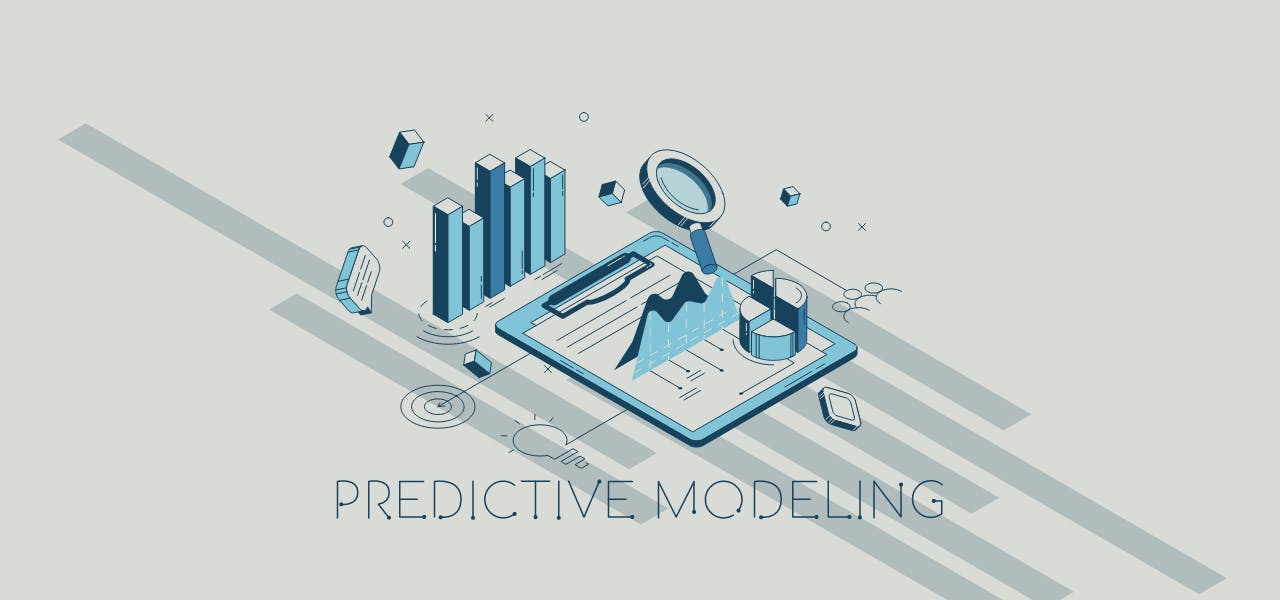The evolution of Big Data since the inception of the Digital Era has revamped the way industries use research and development to make decisions. When Big Data is used correctly, it makes the design and approach of experiments and modeling research easier, more effective, and streamlined.
Big Data is now being used to predict the future, too. With predictive modeling, researchers are able to determine possible consumer trends to make decisions regarding investments and product development. Predictive analytics is a set of methods in which businesses design strategies to get in the minds of consumers and see how they might think and what they would spend their money on. This type of science is now one of the most lucrative fields around the world as predictive modeling helps scholars to guide investment and research decisions.
The Rise of Research and Development
Research behind products and services that determine which paths are then developed is a branch of science that has been increasingly in demand. Business investors, angel investors, and government branches are bumping up their financial investments because the return on their initial spending can be significant.
Now that Big Data is able to predict, with ever-rising accuracy, the potential for consumer choices, the expansion of funding of research and innovation is rising exponentially, regardless of the industry or location. Countries like the U.S., Japan, the UK, France, and China are the top nations focused on investing in research and development in what are considered high-risk, high-reward science areas, like artificial intelligence and virtual technology, biomedical, and ecological research.
What is Predictive Modeling?
The beginning of predictive analytics has been traced back to the start of computer technology in the 1940s. Then, the United States government used computational models to help determine strategies in World War II through the Kerrison Predictor’s automated weapon targeting method and the Manhattan Project in 1944 to predict what would happen with nuclear chain reactions.
Since then, technology has changed the landscape of the world. Computers are now microchips that are almost invisible and predictive analytics are no longer simple computations but massive scales of data that have to be sorted through. Mediums like text, audio, and video are piled up on exabytes instead of mega- and giga storage. All of this data is available, with proper protocols followed, for researchers in industries to utilize as they need in order to make decisions about their future.
Predictive Analytics and Modeling Tools
With predictive analytics and the modeling tools that go with it, investors are able to lower the risk and increase the potential for reward with their research. Big Data tools include scientific methods such as:
● The classification model - This model separates data into categories by reviewing the history behind it. The simple analysis method is able to help researchers determine the response to “yes or no” type questions to make in-the-moment decisions.
● The clustering model - Used to separate data into groups based on their characteristics, this idea is an evolved method of the paper/pen attribute charts. When data is split into strategically determined groups, businesses can tailor a strategy that appears to be unique to an individual but instead splits the person into a smaller group that fits their characteristics. This lets the business target them with a marketing campaign more specifically. The clustering model is frequently used on social media and internet ads.
● The forecast model - The most popular predictive analytics model, this version predicts the metric and numeric value of data by using historical information. It’s used in business to estimate potential future customers, phone calls, orders, inventory demand, and other essential aspects that drive the need for overhead. This way, a business can plan for high or low demand accordingly.
● The outliers model - Sometimes outliers occur that should be dealt with. In these situations, the outlier can be a determiner of future changes on the horizon or they could mean there is fraudulent information. Using this model helps businesses catch fraud.
Each of these models can be used to make determinations about the future that could help businesses, investors, and researchers choose paths that can change their trajectories significantly.
Publish Your Big Data Results With Impactio
Big data research outcomes are necessary, but to publish them, you’re going to need a resource that demonstrates you used your data and what the outcomes were. With Impactio, it’s easy to do all that and more in one simple to use tool.
Impactio’s comprehensive platform lets experts finalize their research results and turn them into professional PDF documents and web pages. After your work is published, Impactio turns your data into relevant data for your knowledge. It follows the trail of your research through citation indicators as it makes an impact on your industry. With Impactio, everything you need to submit your work to an audience and connect with other experts around the world is in one program.
